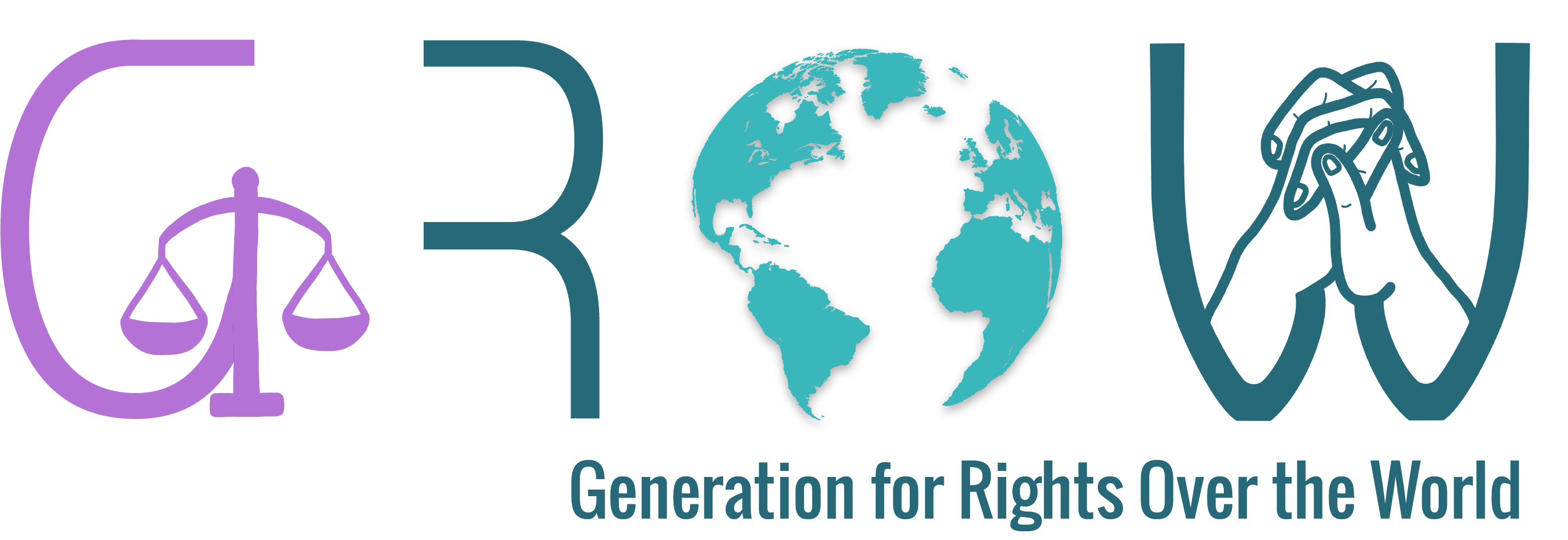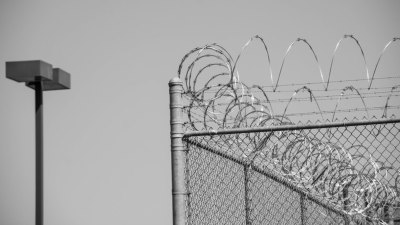Quo Vadis, Aida?1 is a Bosnian film directed and produced by Jasmila Žbanić, released in 2020 and dealing with the Srebrenica massacre during the war in ex-Yugoslavia, a war that was close and yet so far away. The exactions that were committed there are still too little studied and few people are aware of what happened there.
Synopsis
Aida, a Bosnian English teacher, is asked by the United Nations (UN) to interpret for Dutch peacekeepers in the refugee camp in the town of Srebrenica in 1995, during the war in ex-Yugoslavia. When the Serbs took the city, she was in charge of acting as an intermediary, but also translating the instructions and reassuring the crowd. In parallel to her missions, she tries to protect her family who is trapped outside the UN military base as the Serbs advance.
The historical context
Following the unilateral proclamations of independence by Slovenia and Croatia in 1991, the entire federation of Yugoslavia collapsed. Bosnia-Herzegovina, which also sought independence in 1992, was violently repressed by Serbian forces. This war lasted three years and was marked by ethnic cleansing by the Serbs, who wanted to drive out the Muslim Bosnians (called Bosniaks) to create a “purified” Greater Serbia, composed only of Orthodox Serbs. It is precisely on this period that the film focuses, and more particularly on the massacre of Srebrenica.
Between 1992 and 1993, the city of Srebrenica was subjected to numerous Serb offensives and was besieged, but the Bosniak resistance did not give in. In 1993, Srebrenica became a UN protected area, with 400 Dutch peacekeepers sent in.
In 1995, the Serbs launched a strong offensive on the city and took peacekeepers hostage. They demanded that the UN stop bombing the Serbian army in exchange for the release of the hostages. The next day, the UN representative in Yugoslavia declared that the only mission of the peacekeepers deployed would be to respect the principle of peacekeeping. The film begins when, on 7 July 1995, Serbian forces storm the city; civilians are then forced to flee to the main UN military base, a few kilometres away.
The complicity of the international community
Overworked and unprepared for such an influx of refugees at the gates of their military base, the soldiers decided to close the gates, as they could not accommodate more people. Hundreds of people were forced to camp outside the base in the hope of receiving humanitarian aid.
The film portrays the soldiers as very young and naive, focused on following procedures. Very quickly, we realise that they are largely overwhelmed by the situation and do not know how to react. Although many calls were made to the UN, they remained unanswered due to the summer period and the fact that the headquarters officials were on leave.
When the Serbian army arrived at the gates of the military base, the leaders of the UN armed forces spoke with General Ratko Mladic and agreed that the Serbs would organise the displacement of the Bosniak refugee population to towns in southern Bosnia-Herzegovina, where the majority of Bosnian Muslims are located. The soldiers then actively participated in the organisation of the evacuation of the military base by taking a census of the exiles and forcing them to board Serbian buses after having separated the women and children from the men.
Assessment and responsibilities
Although the Serbs had promised to take the refugees to specialised camps in southern Bosnia, they did not do so for the men. Between 13 and 17 July 1995, civilians were massacred and buried in secret mass graves by Serbian soldiers.
The International Criminal Tribunal for the former Yugoslavia estimates that between 4,000 and 5,000 people were killed during the Srebrenica genocide. In the 2010s, excavations were still underway to find all the buried bodies.
On 10 November 2004, the government of the Bosnian Serb Republic apologized for the Srebrenica massacre (but still refuses to use the term “genocide”) and pledged to prosecute those responsible for the abuses committed against the Bosniak population.
In June 2017, the Court of Appeal in The Hague found the Netherlands partially culpable for the deaths of 350 Muslims during the Srebrenica massacre because members of the armed forces should not have allowed the Serbs to evacuate the protected and neutral military base where the individuals had taken refuge to seek asylum.
How was it received?
As a widely acclaimed film, it was nominated for Best International Film at the 2021 Oscars and for Best Foreign Language Film 2021 by the British Academy Film Awards.
Translated by Leonie Jedyniak
| ↑1 | Lit. Where are you going, Aida? |
|---|







